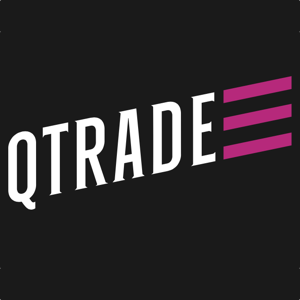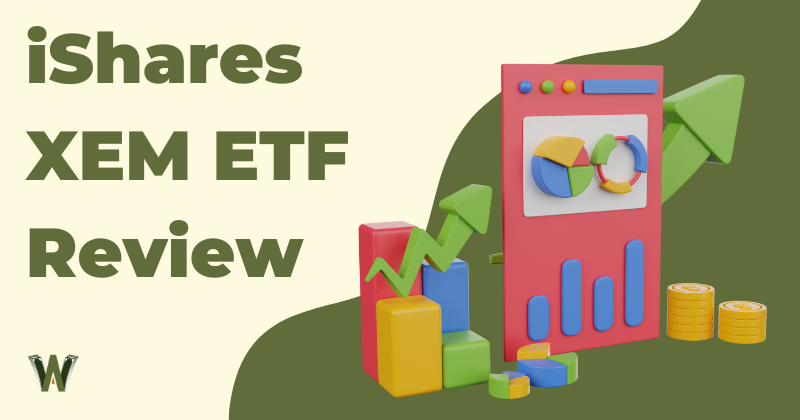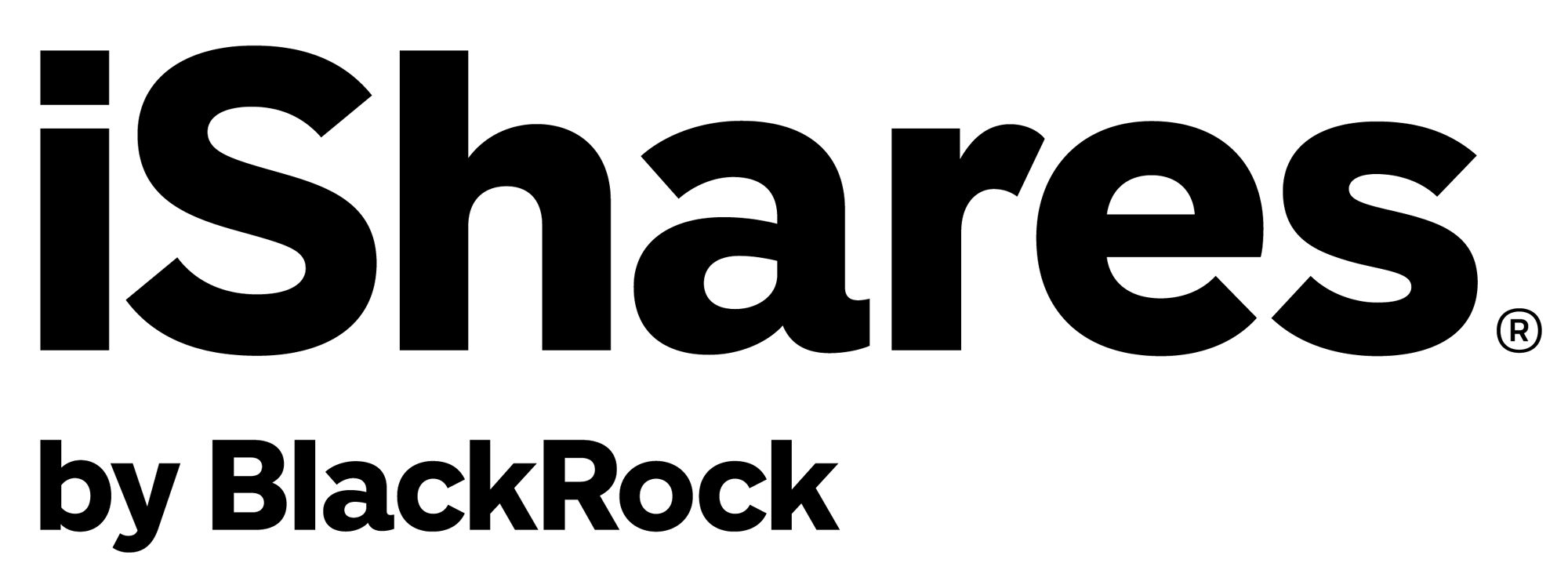Are you new to investing and seeking capital growth by investing in a portfolio of mid-and large-cap stocks trading in emerging markets worldwide?
An ETF like BlackRock iShares MSCI Emerging Markets Index ETF might be suitable for you.
In this iShares XEM ETF review, I will discuss what you need to know about the all-equity ETF to determine whether it is an ideal way to invest per your goals.
All-Equity Exchange-Traded Fund
BlackRock iShares XEM is an exchange-traded fund (ETF) that provides you with exposure to a broad range of mid- and large-cap equity securities from emerging market countries.
- Provides you with exposure to a broad range of equities from emerging markets
- Gives you convenient access to emerging market equities in a single fund
- Can be used to diversify your portfolio internationally
- Can let you access the long-term growth potential of emerging market countries
- Can be volatile if emerging equity markets become volatile
- Offers zero exposure to any fixed-income assets
BlackRock iShares MSCI Emerging Markets Index ETF is an exchange-traded fund designed to replicate the MSCI Emerging Market Index’s performance, net of expenses.
As an all-equity ETF that allocates almost all of its funds to a basket of equity securities, iShares XEM does not invest in any fixed-income securities like bonds or GICs. Launched in 2009 by BlackRock Canada, it has a significant performance history that you can track to determine its potential performance moving forward.
It tracks the performance of over 1,000 large and mid-sized companies located in 24 emerging countries worldwide.
Hence, it is a medium-risk investment opportunity that can cater to investors seeking long-term capital growth through the performance returns from various equity markets’ performance in emerging market countries.
Several other all-equity ETFs trade on the Toronto Stock Exchange (TSX) in Canada. You can check out in my list of the best Canadian ETFs here.
iShares XEM is an all-equity ETF that diversifies its asset allocation across several sectors and market capitalizations from 24 emerging economies worldwide.
It invests all of its funds in stocks that do not have exposure to bonds, GICs, or other fixed-income securities. Hence, the ETF can reflect the performance of equity securities in emerging market countries.
The emerging market countries represented in the underlying index for iShares XEM ETF include Argentina, Chile, Colombia, Czech Republic, Egypt, Greece, Hungary, China, Taiwan, South Korea, India, Brazil, South Africa, the Russian Federation, Saudi Arabia, Kuwait, Pakistan, Peru, the Philippines, Poland, Qatar, Turkey, Thailand, Mexico, Malaysia, Indonesia, and the United Arab Emirates.
The “BRICS” countries – Brazil, Russia, India, China, and South Africa – constitute 60.17% of the fund’s total country allocation.
In this section of my reviews, I typically discuss the asset allocation split between fixed-income and equity securities for the ETF.
Because iShares XEM is an all-equity ETF, it does not allocate funds to bonds or other fixed-income securities.
As of March 3, 2021, iShares XEM has allocated 99.51% of its funds to equity securities. It holds the remaining assets in cash and derivatives.
This section of my iShares XEM ETF review will take a closer look at the ETF’s asset allocation.
iShares XEM is an all-equity ETF, so its entire asset allocation is towards mid- and large-cap stocks diversified across emerging market countries worldwide. The main asset that the fund itself holds is the US-listed iShares EEM ETF that tracks the MSCI Emerging Markets Index.
iShares XEM ETF effectively tracks the same equity securities as iShares EEM, but it trades in Canadian dollars on the Canadian stock exchange.
Here is a closer look at the top ten holdings for the iShares XEM ETF based on iShares EEM ETF’s holdings as of March 1, 2021:
As of March 1, 2021, Taiwan Semiconductor Manufacturing is its most significant holding at 6.42%. It is followed closely by the IT sector company called Tencent Holdings Ltd. at 6.20%. Alibaba Group Holding is its third most significant holding at 5.49%.
This section of my iShares XEM ETF review will take a closer look at the ETF’s sector weighting.
The ETF provides investors with exposure only to equity securities trading in different stock markets across 27 emerging market countries.
As of March 3, 2021, its most significant asset allocation is towards the technology sector at 21.23%. Its second most significant sector exposure is towards consumer cyclical at 17.13%. The financial services sector comes in third at a 17.10% weighting. Its lowest sector weighting is towards utilities at 1.88%.
This section of my iShares XEM ETF review will discuss its geographical diversification across different emerging market countries.
While its asset allocation is broadly diversified across different countries, well over a third of its allocation is towards equity securities trading in China.
As of March 1, 2021, it allocates 40.22% of its funds to China-based equity securities, 13.43% to Taiwan-based stocks, and 12.83% to South Korea-based stocks.
Suppose the equity markets in any of these countries go through a volatile period. In that case, it can significantly impact the overall performance of the ETF and affect investor returns.
iShares XEM ETF has a high Management Expense Ratio (MER) of 0.82%, making it costlier than many other ETFs offered by BlackRock iShares that you can consider adding to your investment portfolio. It is also more expensive than other Canada-listed ETFs tracking the same underlying index.
However, its MER is significantly lower than any mutual fund product that provides investors with similar features and benefits.
The average mutual fund fees can be 2% or higher, so ETFs offering a lower MER than mutual funds products—like iShares XEM ETF—is also a crucial reason why many Canadians prefer ETFs over mutual funds in recent years.
iShares XEM ETF allocates its funds to only equity securities diversified across emerging countries.
Considering the performance of stock markets in emerging market countries since the fund’s inception, it is no surprise that the ETF’s performance has been excellent, except for a brief period in 2020.
The growth of a hypothetical $10,000 since 2009 shows that the ETF’s performance and returns reflect the performance of equity securities from multiple emerging market countries. It has been phenomenal over the years, except for a drastic dip between February and March 2020 during a market crash that devastated investor returns.
However, iShares XEM ETF has made a rapid recovery after the previous crash and is at its best levels so far.
The fund’s entire focus on equity securities adds a level of risk to investor capital during periods of difficulties for global equity markets.
Nonetheless, the fund’s geographic diversification can mitigate losses if there is a single market underperforming, provided that the other markets continue performing well.
However, its increased focus on asset allocation in China than other countries poses a significant risk to investor capital if equity markets in the country become highly volatile.
With no exposure to bonds or GICs, there is nothing that offsets the stock markets’ volatility in emerging market countries.
iShares XEM ETF provides its investors with returns through capital gains and dividends with a distribution yield of 1.72% as of March 1, 2021. Its trailing 12-month dividend yield as of March 1, 2021, is 1.21%, and it pays out dividends to its unitholders on a semi-annual basis. Its last distribution per share as of December 22, 2020, was $0.33.
BMO ZEM is an all-equity ETF offered by the Bank of Montreal that you can consider adding to your portfolio.
BMO ZEM tracks the performance of the same underlying index as iShares XEM ETF since it invests in the same companies across emerging market economies as iShares XEM ETF.
However, unlike iShares XEM ETF, BMO ZEM holds most of its stocks directly, making its structure slightly more tax-efficient than iShares XEM ETF. This allows BMO ZEM to offer a lower MER of 0.27%, which is significantly different from iShares XEM ETF’s 0.82%.
BMO ZEM can be a viable alternative to iShares XEM ETF because it tracks the same companies’ performance while retaining a more cost-effective structure that can provide you with better returns.
iShares EEM is another all-equity ETF offered by BlackRock Canada that tracks equity securities’ performance in emerging market countries. iShares EEM is the primary holding of iShares XEM ETF, so its holdings are similar to iShares XEM ETF.
The primary difference between iShares XEM ETF and iShares EEM ETF is that iShares XEM ETF is listed in Canada, while iShares EEM ETF is listed in the US. iShares EEM ETF also directly holds most of the stocks, giving it a more tax-efficient structure that allows iShares EEM ETF to sport a lower MER of 0.70% compared to 0.82% for iShares XEM ETF.
iShares EEM ET can be a viable alternative to iShares XEM ETF if:
- You want to track the performance of the same equity securities;
- You want to invest in the US-listed version of the ETF at a lower cost; and
- You do not mind investing in a US-listed ETF.
Typically, all-equity ETFs can be tricky investments to consider because of a lack of exposure to fixed-income securities.
Yet, despite iShares XEM ETF being a medium-risk investment, its geographic diversification can add a layer of security to your investor capital.
The ETF’s performance relies on equity securities trading in various emerging market countries worldwide, with a more substantial focus on the Chinese equity market.
Hence, if equity securities in China are not performing well, the ETF can see significant volatility in its ability to provide you with returns.
The dip in iShares XEM ETF’s returns during February and March 2020 showed that volatility across global equity markets could render its geographic diversity useless in providing stability.
The cheapest way to buy ETFs is from discount brokers. My top choices in Canada are:

- 105 commission-free ETFs to buy and sell
- Excellent customer service
- Top-notch market research tools
- Easy-to-use and stable platform

- Stock and ETF buys and sells have $0 trading fees
- Desktop and mobile trading
- Reputable fintech company
- Fractional shares available
To learn more, check out my full breakdown of the best trading platforms in Canada.
Conclusion

If you are an investor seeking low-cost exposure to a broad range of equity securities diversified across different sectors, and countries in emerging market countries, an all-equity ETF like iShares XEM can be an excellent investment.
However, similar ETFs offered by different providers like BMO ZEM ETF can provide you with a lower-cost alternative for exposure to the same equity securities.
I have my reservations about the lack of exposure to fixed-income securities. Its geographic diversification makes it slightly less risky than all-equity ETFs without geographic diversification. However, I would still opt for BMO ZEM because it presents a lower-cost alternative for the same exposure to equity securities in emerging market countries.
Hence, I give iShares XEM ETF a Wealth Awesome thumbs down.






